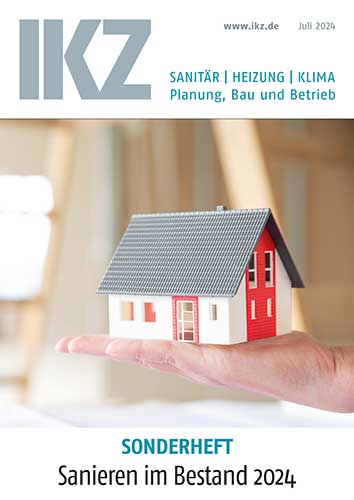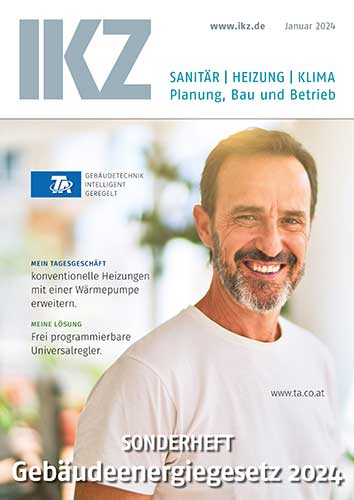ATLANTA – Guidance on performance monitoring is featured in a newly published guideline from ASHRAE.
ASHRAE Guideline 13-2014, Specifying Building Automation Systems, provide designers of building automation systems (BAS) with background information, recommendations for good practice, project considerations, and detailed discussion of options with respect to the design of a BAS system. The guideline includes online access to an example specification that illustrates the concepts described throughout the document.
The new informative Annex D Performance Monitoring was included to assist in the specification of performance monitoring systems.
“The guideline defines three levels of performance monitoring and provides criteria for each level,” Dave Kahn, chair of the Guideline 13 committee, said. “This allows even the basic systems to realize some performance monitoring benefits. It allows monitoring and reporting of HVAC equipment function and operating efficiency, energy consumption and environmental conditions. Careful grouping of X-Y type plots can provide information required to monitor and, if necessary, troubleshoot each different part of the HVAC system. A Level 3 automated fault diagnosis can be used to predict faults. Performance monitoring can direct a building owner to additional energy savings potential at the plant or equipment level.”
The Cost of Guideline 13-2014, Specifying Building Automation Systems, is $95 ($81, ASHRAE members). To order, contact ASHRAE Customer Contact Center at 1-800-527-4723 (United States and Canada) or 404-636-8400 (worldwide), fax 678-539-2129, or visit www.ashrae.org/bookstore.
ASHRAE is already looking ahead to changes to the 2017 version of the guideline. Addendum a to the standard is open for an advisory public review from June 6 to July 21, 2014. For more information or to comment, visit www.ashrae.org/publicreviews.
“Under the proposed change, the guideline is being rewritten to update the use of the Internet as the primary method for networking BAS devices,” Kahn said. “The Guideline contains very little specification language on the Internet. Our Committee hosted a consultation seminar at the 2013 ASHRAE Conference, and attendees told us internet connectivity was the top issue we need to address.”
The significant changes under proposed addenda a are:
- discussion of BAS Design Options using IP and non-IP devices
- Use of new software tools, such as energy dashboards
- Strategies that BAS designers can use when working with the Enterprise IT department to deal with securing BAS devices on the Enterprise Intranet.
- A new Clause 12, BAS Device Network Design, written as a standalone section so readers who are responsible for this work can refer to one section for all information on this topic.
A new Clause 13 addressing options for migrating legacy control systems to the Enterprise Intranet.
More information about the guideline is available in a seminar at ASHRAE’s 2014 Annual Conference, June 28-July 2, Seattle, Wash. Kahn is scheduled to give a presentation on specifying performance monitoring with the guideline as part of a session on monitoring. The seminar takes place at 8 a.m. Wednesday, July 2. For more information, visit www.ashrae.org/seattle.
ASHRAE, founded in 1894, is a global society advancing human well-being through sustainable technology for the built environment. The Society and its more than 50,000 members worldwide focus on building systems, energy efficiency, indoor air quality, refrigeration and sustainability. Through research, standards writing, publishing, certification and continuing education, ASHRAE shapes tomorrow’s built environment today. More information can be found at www.ashrae.org/news.



